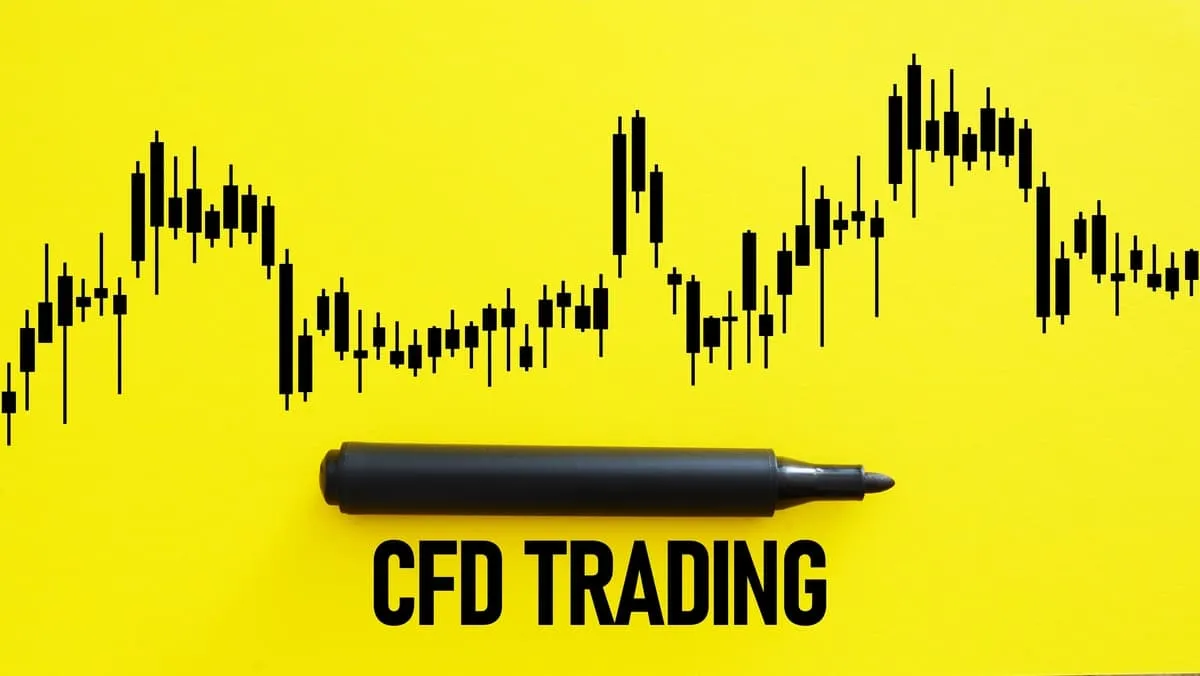Thursday Aug 29 2024 03:02

4 min

A higher ATR value indicates higher volatility, while a lower ATR value implies lower volatility. Traders can use the ATR to assess the strength of price moves, as significant price movements accompanied by high ATR values suggest a strong trend.
Generally, a high ATR value signifies increased market volatility, while a low ATR value indicates reduced volatility. It’s important to remember that the ATR does not indicate market trends, but rather measures volatility and price gaps. For a more complete analysis, combining the ATR with other indicators, such as the Average Directional Index (ADX)—also developed by Wilder—can provide insights into trend strength. This combined approach ensures that both trend analysis and volatility are thoroughly addressed in your trading strategy.
The ATR (Average True Range) doesn't offer directional signals like some other technical indicators. Instead, it measures market volatility. When the ATR value is high, it signifies increased volatility, whereas a low ATR value points to lower volatility.
Traders can use the ATR to gauge the strength of price movements. Significant price changes paired with high ATR readings typically indicate a strong trend. On the other hand, price movements with low ATR values might suggest a weak or consolidating market.
1. Interpreting ATR Signals:
An increase in the ATR value signals rising volatility, which could indicate a potential trend or reversal in the market. Conversely, a decline in ATR suggests decreasing volatility, which might point to a consolidating or range-bound market.
2. Combining ATR with Other Indicators:
To enhance market analysis, traders often pair the ATR with other technical indicators such as moving averages, the Relative Strength Index (RSI), or the Moving Average Convergence Divergence (MACD). This combination can provide a more comprehensive view of market conditions.
3. Using ATR for Entry and Exit Signals:
Traders can leverage the ATR to set stop-loss and profit target levels. By multiplying the ATR value by a chosen factor (typically between 1 and 3), traders can position their stop-loss orders at a distance that accommodates current market volatility, helping to manage risk more effectively.

1. Volatility Measurement: The ATR provides a clear measure of market volatility, allowing traders to adjust their strategies based on current market conditions.
2. Enhanced Risk Management: Traders can use the ATR to set stop-loss orders more effectively, taking into account market volatility to manage risk better.
3. Versatility: The ATR is adaptable to a wide range of financial instruments and timeframes, making it a flexible tool for various trading scenarios.
In summary, the Average True Range (ATR) is an important technical indicator for assessing market volatility and managing risk. While it does not offer directional signals, combining the ATR with other technical indicators and fundamental analysis can greatly improve a trader’s insight into market conditions and aid in more informed decision-making. It’s crucial to recognize its limitations and use it as part of a well-rounded trading strategy.
When considering shares, indices, forex (foreign exchange) and commodities for trading and price predictions, remember that trading CFDs involves a significant degree of risk and could result in capital loss.
Past performance is not indicative of any future results. This information is provided for informative purposes only and should not be construed to be investment advice.